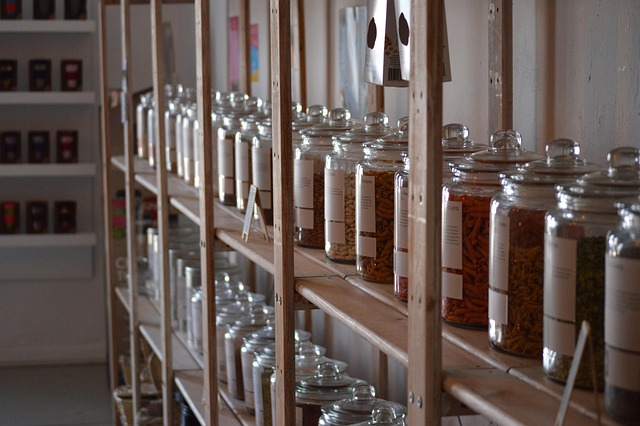Embracing Sustainability: The Rise of Biodegradable Materials in Recycling
As our world grapples with the pressing challenges posed by climate change, the need for sustainable development has never been more urgent. One of the most promising paths forward is the incorporation of biodegradable materials into our recycling systems, heralding a new era in our approach to waste management and ecological responsibility.
The impact of our lifestyles on the planet is encapsulated in the term ecological footprint. This measurement provides a stark reminder of how much strain our consumer choices place on the earth’s resources. Traditional materials like plastics, while convenient, contribute to an overwhelming amount of waste that does not decompose, polluting our landfills and oceans for centuries. On the other hand, biodegradable materials represent a significant step toward mitigating our ecological impact. These materials can break down naturally, returning vital nutrients back to the earth and reducing the burden on recycling systems.
With the rise of green technologies, we have been given tools to rethink our relationship with materials. Innovations in biodegradable plastics and composites are enabling us to create products that fulfill our everyday needs without sacrificing the health of our planet. Imagine a world where you can dispose of packaging and utensils with the confidence that they will decompose within months, not eons. This shift towards biodegradable options inspires a collective commitment to reducing our ecological footprint.
Moreover, the move towards biodegradable materials aligns beautifully with the goal of achieving a carbon neutral future. Traditional manufacturing processes often release significant amounts of greenhouse gases, exacerbating the climate crisis. In contrast, biodegradable materials can be produced with lower carbon emissions, especially when sourced sustainably and integrated into a circular economy. This means not only reducing waste but also transforming how we approach production—ensuring that our choices today do not compromise the needs of future generations.
As we embrace recycling methods that prioritize biodegradable materials, we are essentially planting the seeds for a more sustainable future. Community programs, eco-focused businesses, and environmentally conscious individuals are all playing a vital role in this transformation. By choosing biodegradable products and supporting legislation that encourages sustainable practices, we can collectively challenge the norms of consumption and waste.
In conclusion, the rise of biodegradable materials within the recycling landscape offers a beacon of hope in our sustainability journey. By reducing our ecological footprint, innovating with green technologies, and striving for carbon neutrality, we can all contribute to a healthier, more sustainable world. Let’s embrace this movement and make thoughtful choices that resonate beyond our immediate needs, paving the way for a greener tomorrow.




